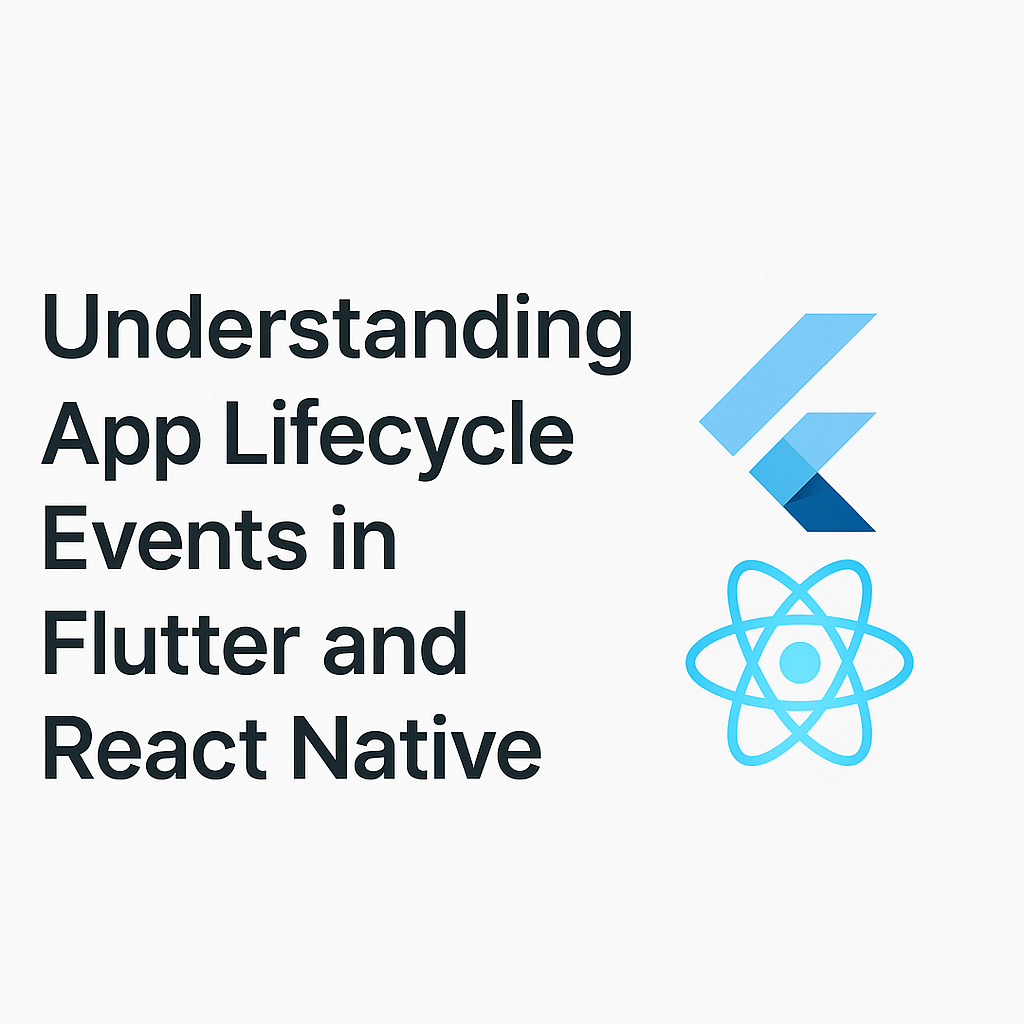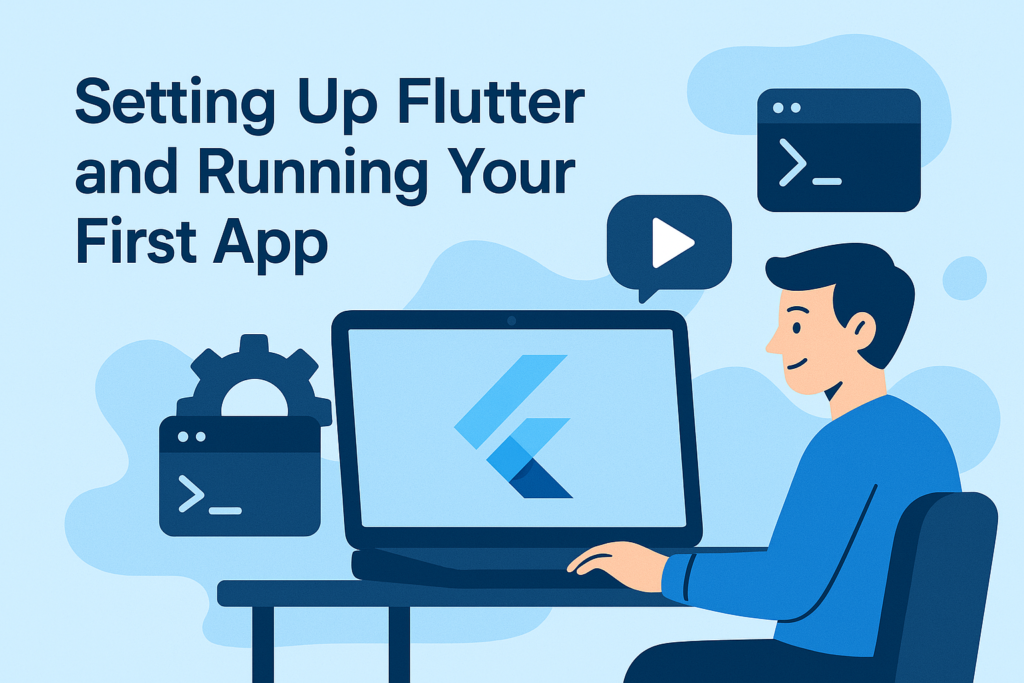
App lifecycle events, including those in Flutter and React Native, are critical for tasks like saving state, pausing animations, handling background tasks, or managing resources. Whether you’re building with Flutter or React Native, understanding the lifecycle of your app is essential for delivering a responsive and battery-efficient user experience.
In this post, you’ll learn how lifecycle events work in both Flutter and React Native, what events to watch for, and how to respond to them properly in 2025.
🚦 What Are App Lifecycle Events?
App lifecycle events refer to transitions between an app’s active, inactive, background, and terminated states. Common use cases include:
- Saving data when the app goes to background
- Pausing video/audio playback
- Refreshing state when the app resumes
- Releasing resources on termination
📱 Flutter App Lifecycle Events
Flutter provides WidgetsBindingObserver to listen to app lifecycle changes.
🔧 How to Use:
class MyAppLifecycleObserver extends StatefulWidget {
@override
_MyAppLifecycleObserverState createState() => _MyAppLifecycleObserverState();
}
class _MyAppLifecycleObserverState extends State
with WidgetsBindingObserver {
@override
void initState() {
super.initState();
WidgetsBinding.instance.addObserver(this);
}
@override
void dispose() {
WidgetsBinding.instance.removeObserver(this);
super.dispose();
}
@override
void didChangeAppLifecycleState(AppLifecycleState state) {
if (state == AppLifecycleState.paused) {
print('App moved to background');
} else if (state == AppLifecycleState.resumed) {
print('App resumed');
}
}
@override
Widget build(BuildContext context) {
return Container();
}
}
🔁 Key States in Flutter:
resumed– App is visible and responding to user inputinactive– App is in an inactive state (e.g., a phone call)paused– App is not visible to the userdetached– App is still hosted on the engine but detached from any view
⚛️ React Native App Lifecycle Events
In React Native, the AppState API allows you to track app state changes.
🔧 How to Use:
import { useEffect, useState } from 'react';
import { AppState, AppStateStatus } from 'react-native';
const useAppLifecycle = () => {
const [appState, setAppState] = useState(AppState.currentState);
useEffect(() => {
const subscription = AppState.addEventListener('change', setAppState);
return () => {
subscription.remove();
};
}, []);
return appState;
};
You can use this inside components to handle tasks like pausing timers, syncing data, or triggering animations.
🔁 Key States in React Native:
active– App is running in the foregroundbackground– App is in the backgroundinactive– Transitory state (e.g., switching apps on iOS)
📘 Learn more: React Native AppState Docs
🔄 Real-World Use Cases
| Use Case | Lifecycle Event | Framework |
|---|---|---|
| Pause video playback | paused, background | Flutter & RN |
| Save draft data | paused, inactive | Flutter & RN |
| Re-authenticate session | resumed, active | Flutter & RN |
| Track app open count | resumed, active | Flutter & RN |
| Clean up sockets | inactive, background | Flutter & RN |
✅ Best Practices
- Always unsubscribe listeners to avoid memory leaks
- Don’t rely on lifecycle events for critical data saves — use them to supplement user actions
- Test thoroughly across Android/iOS as lifecycle behavior may differ
- Combine with push notifications, analytics, or background tasks for better UX
🧠 Final Thoughts
Understanding app lifecycle events is key to building responsive, efficient, and user-friendly mobile apps. Whether you’re using Flutter or React Native, handling lifecycle transitions properly helps improve performance, preserve user data, and provide a seamless experience.
Make lifecycle awareness part of your development checklist — especially in apps that handle media, background sync, or long user sessions.



